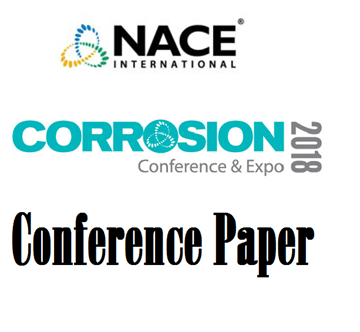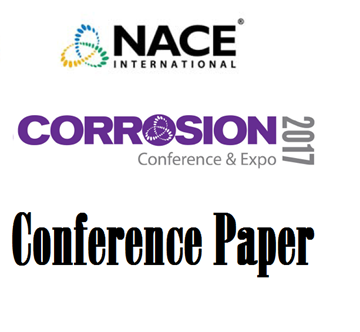Search
Mitigation of Arcing Risks to Pipelines Due to Faults at Adjacent Powerline Structures
Also Purchased
51318-11231-Effects of Seasonal Variation on AC Interference and Mitigation Design
Product Number:
51318-11231-SG
Publication Date:
2018
$20.00
The AC Close Interval Survey and Other Common AC Measurement Errors
Product Number:
51317--9455-SG
ISBN:
9455 2017 CP
Publication Date:
2017
$20.00
03698 Estimating AC Mitigation Requirements for Pipelines Installed in High Voltage AC Corridors: Fault Conditions
Product Number:
51300-03698-SG
ISBN:
03698 2003 CP
$20.00




